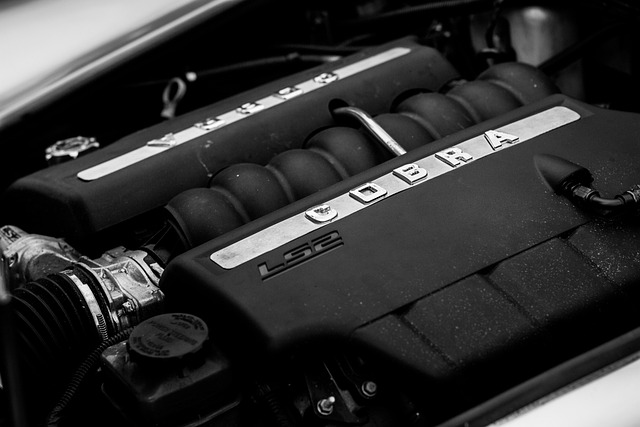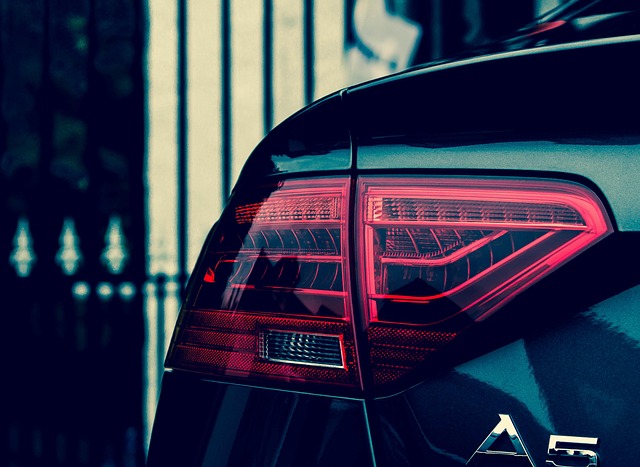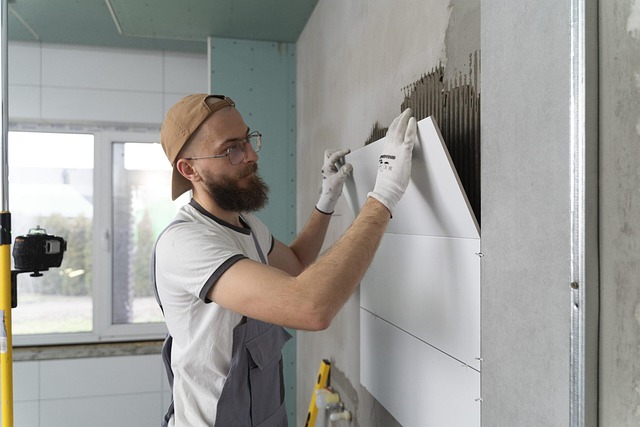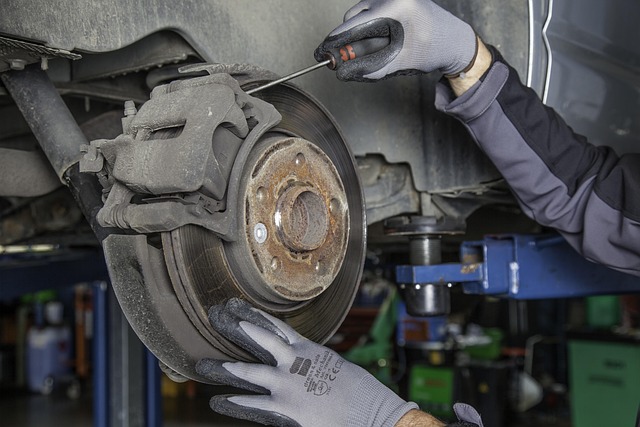Collision Repair Audits: Ensuring Paint Matching & Color Consistency
Collision repair audits are vital for premium brands like Mercedes Benz, ensuring paint matching, co…….
In the dynamic world of automotive services, collision repair stands as a critical process ensuring vehicles return to safe and operational conditions after an accident. To maintain quality, efficiency, and customer satisfaction within this industry, a structured approach known as the collision repair audit has emerged. This in-depth analysis delves into the intricacies of collision repair audits, exploring their purpose, processes, global impact, and future potential. By understanding these aspects, businesses, regulators, and consumers can navigate the ever-evolving landscape of vehicle restoration with confidence.
A collision repair audit is a systematic evaluation process designed to assess the quality, safety, and efficiency of collision repair facilities and practices. It involves a comprehensive review of various factors, including equipment, personnel skills, procedures, and adherence to industry standards and regulations. The primary goal is to ensure that vehicles undergoing restoration receive the highest level of care, maintaining their structural integrity and performance.
The concept of collision repair audits gained prominence in the late 20th century as the automotive industry evolved and consumer expectations grew. Early forms of quality control within the industry focused on individual shop inspections by trade associations or government bodies. However, as vehicle technology became more complex and safety standards escalated, a standardized, systematic approach was needed.
In response, various organizations developed collision repair audit programs to ensure consistent quality across regions. These efforts were further bolstered by advances in automotive diagnostics and the increasing availability of specialized training for repair technicians. Over time, audits have become an integral part of maintaining industry standards and customer trust.
Collision repair audits are not limited to specific regions but have a significant global impact, shaping the quality and safety of vehicle restoration worldwide. Key trends in this domain include:
| Region | Impact/Trends |
|---|---|
| North America | Stricter environmental regulations drive the adoption of eco-friendly practices in collision repair facilities. The region also witnesses a rise in specialized audits for high-end vehicle brands, ensuring precise repairs. |
| Europe | With a strong focus on safety, European audits emphasize compliance with stringent crash test standards and the use of advanced repair techniques. The trend towards electric vehicles (EVs) creates new audit considerations for EV-specific repairs. |
| Asia Pacific | Rapid urbanization and increasing vehicle ownership drive demand for collision repair services across the region. Audits in this area often address cultural differences in customer expectations and service delivery. |
| Middle East & Africa | Growing infrastructure development and a rising middle class boost the automotive sector. Collision repair audits in these regions focus on modernizing facilities and skills to meet global standards. |
These regional variations highlight the dynamic nature of collision repair audit practices, reflecting local needs and regulatory frameworks while maintaining international quality benchmarks.
The economic implications of collision repair audits are multifaceted, influencing various sectors within the automotive industry:
Technology plays a pivotal role in collision repair audits, enhancing efficiency and accuracy:
These technological advancements not only improve the accuracy of collision repair audits but also drive innovation within the industry, ensuring that facilities stay ahead in a rapidly changing automotive landscape.
Government regulations and policies significantly influence collision repair audit practices, with each region establishing its own standards and oversight bodies:
Audits help ensure that collision repair shops comply with these policies, maintaining a high level of safety and customer protection.
Despite its numerous benefits, the collision repair audit process faces several challenges and criticisms:
Strategies for Overcoming Challenges:
Japan is renowned for its rigorous collision repair standards, with a comprehensive audit system that has been credited with improving vehicle safety and quality across the country. The Japanese government mandates annual facility audits, focusing on equipment, training, and process adherence. This stringent approach has led to a highly skilled workforce and a reputation for excellence in collision repair, setting a global benchmark for industry standards.
German collision repair facilities have embraced digital technology to streamline audit processes. Using cloud-based platforms, auditors remotely access shop data, including maintenance records and training certifications, enabling efficient document reviews. Additionally, virtual reality is employed to simulate common repair scenarios, allowing auditors to assess technician skills without physical presence. This innovative approach has reduced audit times while maintaining high accuracy standards.
In some South American cities, community-based collision repair audits have been successful. Local non-profit organizations train and certify volunteers who then conduct peer reviews of repair facilities. This collaborative approach leverages the knowledge of experienced technicians while engaging the community. While not as comprehensive as formal audits, it has improved safety standards and fostered trust among residents.
The collision repair audit landscape is poised for growth and transformation, driven by emerging trends and technological advancements:
Collision repair audits are a critical component of the automotive industry’s safety and quality infrastructure. They provide a structured approach to evaluating and improving vehicle restoration processes, ensuring customer satisfaction and public safety. By addressing economic, technological, and regulatory considerations, these audits play a pivotal role in shaping the future of collision repair globally.
As the industry continues to evolve, collision repair audit practices will adapt to emerging trends, technologies, and consumer expectations. By staying at the forefront of these developments, auditors can contribute to creating a safer, more efficient, and environmentally conscious automotive sector.
Q: How often should collision repair facilities undergo audits?
A: The frequency varies by region and local regulations. Many jurisdictions mandate annual or bi-annual audits to ensure ongoing compliance with industry standards.
Q: Can collision repair audit reports be shared across borders?
A: Yes, standardized audit reports can be easily shared and compared internationally, facilitating global quality control and consumer protection.
Q: What happens if a facility fails an audit?
A: Failing an audit typically triggers corrective actions, including remediazione of issues, retraining, or, in severe cases, temporary closure until standards are met.
Q: Are collision repair auditors required to have specialized training?
A: Yes, most regions mandate that auditors possess relevant certifications and experience to ensure they have the necessary knowledge and skills to conduct thorough audits.

Collision repair audits are vital for premium brands like Mercedes Benz, ensuring paint matching, co…….

Collision repair audits face significant challenges due to inadequate documentation, such as missing…….

Collision repair audits are critical for auto body shops aiming to maintain quality assurance, preve…….

Collision repair audits are comprehensive evaluations that help shop managers improve processes, enh…….

Collision repair audits consistently reveal poor documentation and record-keeping as major issues in…….

Collision repair audits are comprehensive evaluations of auto body shops, focusing on work quality,…….